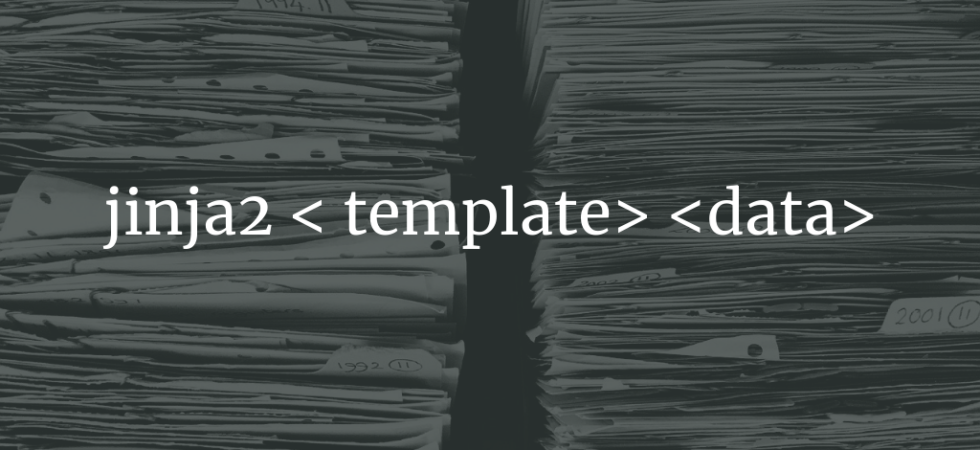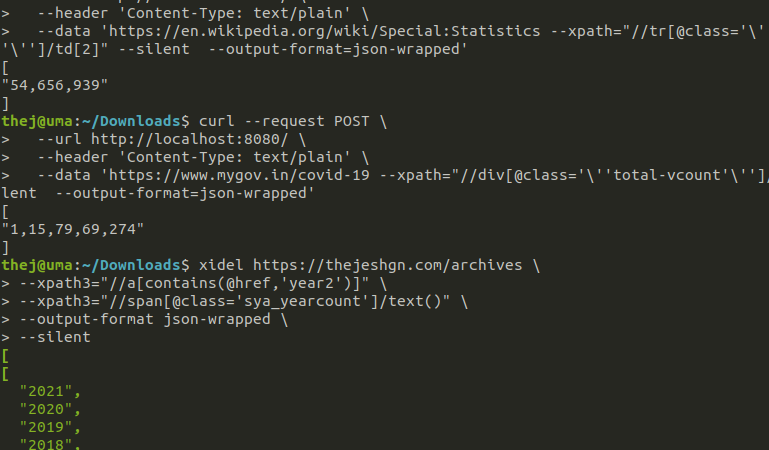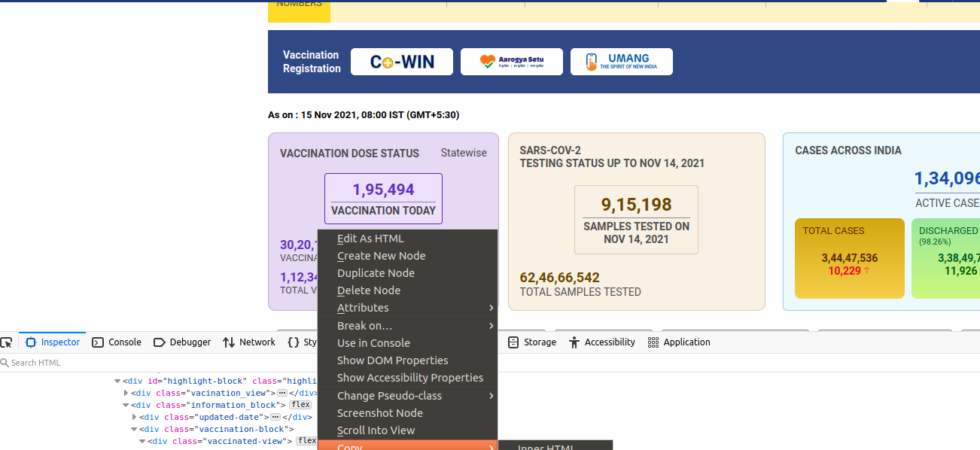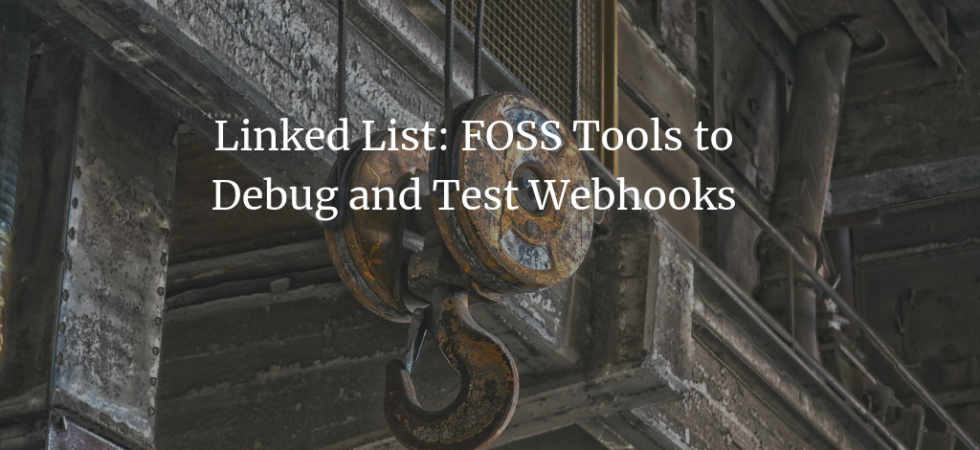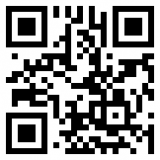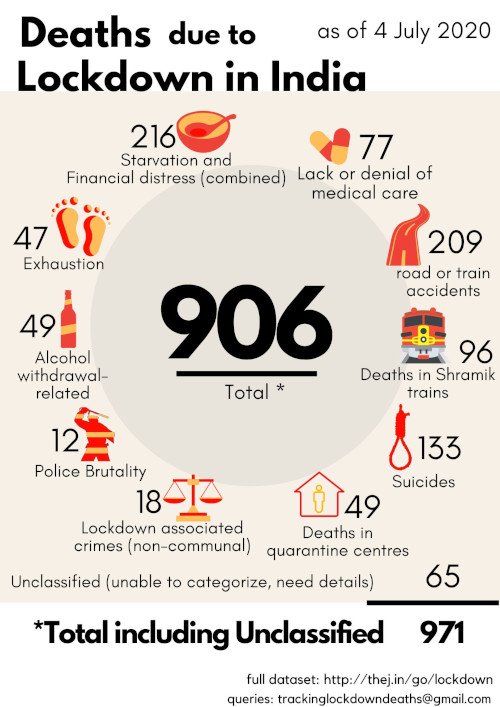Blogring – Web Component using Vanilla JavaScript
I wanted to write a simple web component to display the Blogring. Currently, I have embed.html, I use it in an iframe, inside which we get the data to create the content and set it as the innerHTML of a div. I just wanted a fancy tag that would embed the Blogring.


